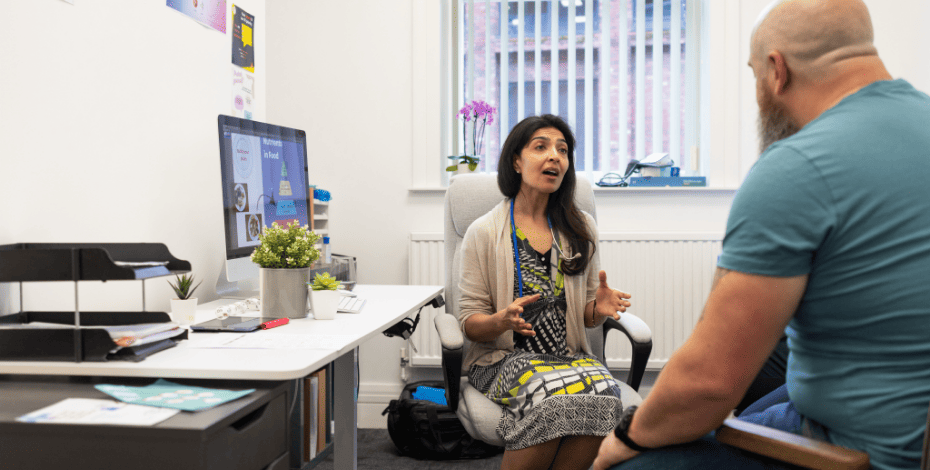
Mobilisation with movement for shoulder pain

A group of physiotherapists in Brazil and Australia conducted a trial to assess the effect of adding mobilisation with movement to a standard exercise program for people with shoulder pain. Lead author Rafael Baeske agreed to answer some questions about the trial.
Specifically, what question did your study seek to answer?
Our study aimed to assess the effects of adding a form of manual therapy known as mobilisation with movement (MWM) to a standard exercise program on function and pain in patients with shoulder pain and to compare them to the effects of using a sham MWM alongside the same exercise program.
What types of shoulder pain were eligible?
The eligibility criteria included patients aged 18 to 65 with unilateral, atraumatic shoulder pain lasting more than six weeks, who experienced pain during active shoulder movement.
Our aim was to recruit participants with rotator cuff-related pain, a term commonly used to encompass clinical conditions such as tendonitis, tendinosis, subacromial pain and subacromial impingement syndrome or bursitis.
We excluded other conditions that could cause shoulder pain such as cervical spine disorders, previous shoulder surgery, adhesive capsulitis, glenohumeral osteoarthritis and a history of shoulder dislocation.
What did the experimental and control groups receive?
The experimental group received a pragmatic application of MWM tailored to their clinical presentation in combination with a standard exercise program.
The participant and clinician collaboratively selected a relevant movement to be the target of the MWM procedure at each session.
Notably, most patients in this group received more than one type of MWM.
For example, on one day, the movement addressed by the MWM could have been hand behind back, while on another day, it could have been abduction.
The control group received a sham MWM alongside the same exercise program.
Treatments were administered twice a week for five consecutive weeks, with no home exercises prescribed.
What outcomes were measured and when?
Our primary outcomes were function and pain, assessed at the beginning of the trial (week 0), at the end of the treatment period (week 5) and at follow-up (week 9).
The secondary outcomes included self-efficacy, measured at weeks 0, 5 and 9; active pain-free range of movement, measured at weeks 0 and 5; and self-reported perceived global improvement, assessed at weeks 5 and 9.
What did the study find?
The study suggests that adding a pragmatic application of MWM to an exercise program promotes faster and greater improvements in function and pain at weeks 5 and 9 as well as a greater recovery of active pain-free range of movement at week 5 compared to sham mobilisation with movement and exercise.
The observed benefits exceeded commonly accepted thresholds for clinical relevance, indicating that these improvements are clinically meaningful.
Furthermore, since a sham MWM was used, the superior outcomes in the experimental group cannot be attributed to placebo effects.
What further research is needed in this area?
Several additional studies are needed to address important remaining questions.
First, a longer follow-up period should be considered.
Second, it would be valuable to conduct studies that include only patients who respond positively to MWM because this could narrow the confidence intervals observed in our study.
Third, given that patients with rotator cuff-related pain often experience pain when loading tissues around the glenohumeral joint, applying MWM with external resistance might yield beneficial results.
Lastly, some MWM procedures may be self-applied by patients and it would be useful to determine whether the effects are comparable to those achieved when the clinician applies the procedure.
This could improve self-efficacy and offer economic advantages.
>>>Rafael Baeske is a musculoskeletal physiotherapist, working part-time in private practice and part-time as a lecturer at Faculdades Integradas de Taquara. His research focuses on shoulder issues and manual therapy.
© Copyright 2025 by Australian Physiotherapy Association. All rights reserved.





